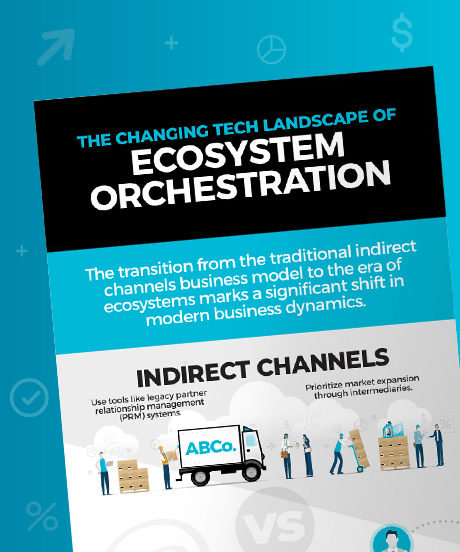A Partnership is a cooperative connection between two or more parties, like individuals, companies, or organizations, joining forces to achieve a common objective. This cooperation typically involves pooling resources, sharing responsibilities, and combining expertise to achieve mutual success.
Key components of a channel partnership include:
- Establishing common goals and objectives
- Defining roles, responsibilities, and expectations
- Sharing resources, risks, and rewards
- Building trust and fostering open communication
In practice, partnerships are used in various contexts, such as business ventures, community initiatives, or strategic alliances. They can take the form of co-branded campaigns, joint products or services, or shared operations. For example, a tech company might partner with a nonprofit organization to promote digital literacy, leveraging the company's tools and the nonprofit's outreach capabilities.
Partnerships are crucial because they allow entities to achieve goals that might be difficult to accomplish alone. They promote innovation, expand reach, and enhance efficiency. Strong partnerships can lead to long-term success, increased impact, and the ability to adapt to challenges more effectively.
Centralize Ecosystems to Adapt to Market Trends

Infographic
The Changing Tech Landscape of Ecosystem Orchestration
The transition from the traditional indirect channels business model to the era of ecosystems marks a significant shift in modern business dynamics.
The new world of Ecosystem Orchestration fosters innovative, seamless collaboration and flexibility.
See the contrasts of Ecosystem Orchestration with the constrictions of traditional PRM and the impact of this implementation on your business.
